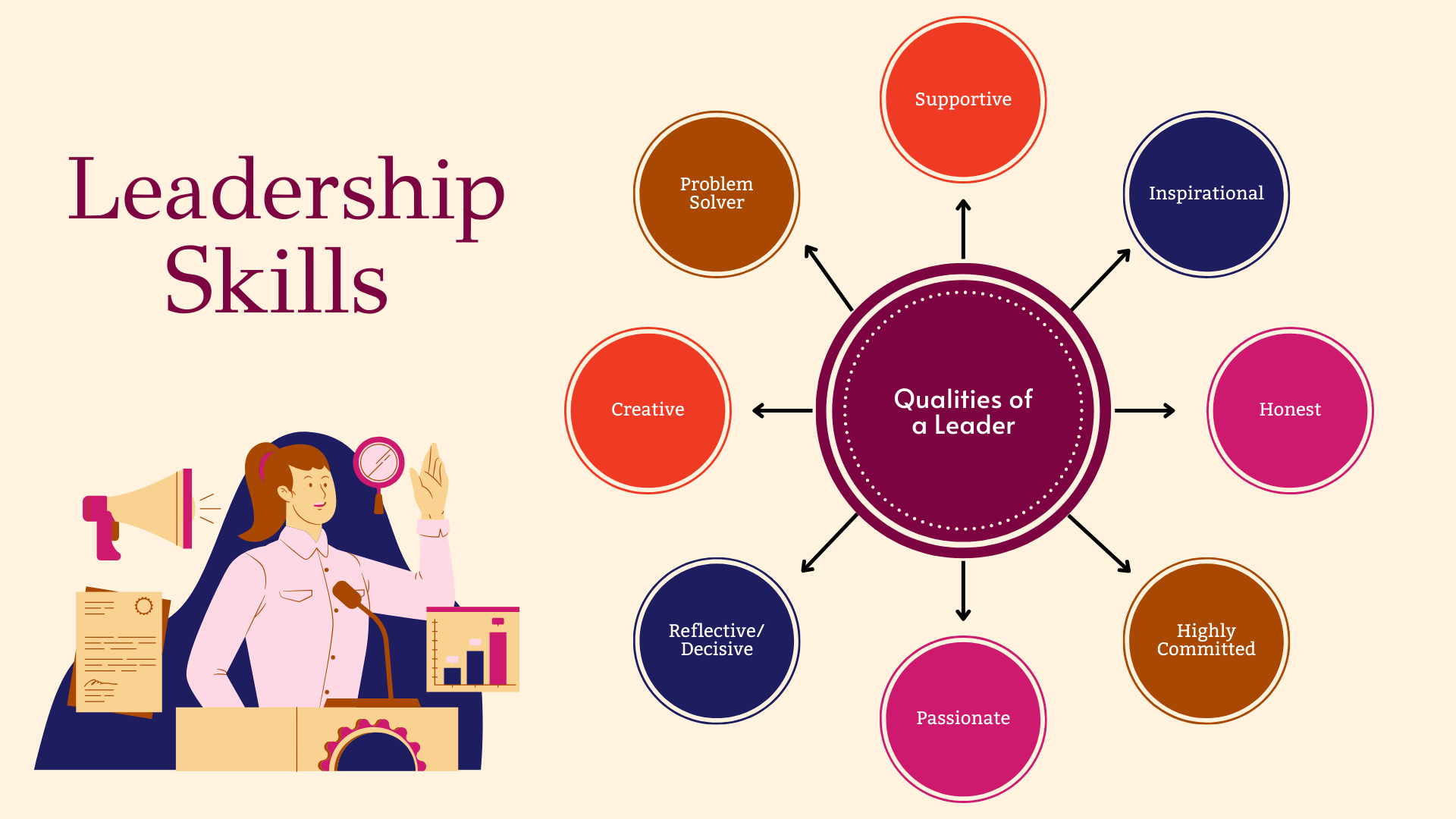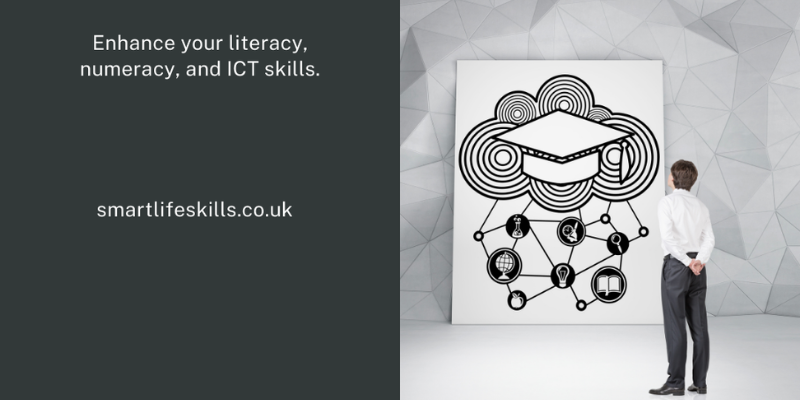The field of customer service encompasses various areas of study that focus on understanding customer needs, improving customer experiences, and developing strategies to build positive relationships with customers (Solomon, 2019).
Some Key Areas of Study Within the Field of Customer Service Include:
1.0 Customer Behaviour and Psychology: Understanding customer behaviour and psychology is vital for anticipating needs, tailoring services, and creating positive customer experiences (Solomon, 2019). This may involve studying consumer behaviour, preferences, and decision-making processes.
2.0 Customer Relationship Management (CRM): CRM involves the use of technology and strategies to manage interactions and relationships with customers (Peppers & Rogers, 2016). It includes tools and techniques for capturing customer data, analysing customer behaviour, and personalising interactions to strengthen customer relationships.
3.0 Service Quality Management: Service quality management focuses on measuring and improving the quality-of-service delivery to meet or exceed customer expectations (Parasuraman et al., 1988). This includes techniques for assessing service quality, identifying areas for improvement, and implementing strategies to enhance service performance.
4.0 Customer Satisfaction and Loyalty: This area examines factors that influence customer satisfaction and loyalty, such as product quality, service responsiveness, and brand reputation (Oliver, 1997). It involves strategies for measuring customer satisfaction, identifying drivers of loyalty, and implementing initiatives to retain loyal customers.
5.0 Customer Service Training and Development: Customer service training and development programmes aim to equip frontline employees with the skills, knowledge, and attitudes needed to deliver exceptional service experiences (Gustafsson et al., 2017). This includes training in communication skills, problem-solving techniques, and empathy-building exercises.
6.0 Service Recovery and Complaint Management: Service recovery focuses on effectively addressing customer complaints and resolving service failures to restore customer satisfaction and loyalty (Tax et al., 1998). This includes developing procedures for handling complaints, empowering employees to resolve issues, and implementing measures to prevent recurrence.
7.0 Cross-cultural Communication and Global Customer Service: With businesses operating in increasingly diverse and globalised markets, cross-cultural communication skills are essential for providing effective customer service across different cultural contexts (Hofstede, 1980). This area examines cultural differences in communication styles, values, and expectations and provides strategies for bridging cultural gaps.
8.0 Technology and Innovation in Customer Service: This area explores the role of technology and innovation in transforming customer service delivery (Johnston & Kong, 2011). It includes topics such as digital customer service channels, self-service technologies, chatbots, artificial intelligence, and automation tools for enhancing efficiency and convenience.
9.0 Customer Analytics and Insights: Customer analytics involves the use of data and analytics techniques to gain insights into customer behaviour, preferences, and trends (Kumar, 2014). This area explores methods for collecting and analysing customer data, generating actionable insights, and using data-driven decision-making to improve customer service strategies.
10.0 Ethics and Customer Service Excellence: Ethics in customer service involves upholding principles of fairness, integrity, and respect in interactions with customers (Solomon, 2019). This area examines ethical dilemmas in customer service, ethical standards for service professionals, and strategies for promoting ethical behaviour within organisations.
These are just a few examples of the diverse areas of study within the field of customer service, which encompasses interdisciplinary knowledge from fields such as business, psychology, communication, technology, and sociology (Solomon, 2019).
References:
Solomon, M. (2019). Consumer Behavior: Buying, Having, and Being. Pearson Education.
Peppers, D., & Rogers, M. (2016). Managing customer relationships: A strategic framework. John Wiley & Sons.
Parasuraman, A., Zeithaml, V. A., & Berry, L. L. (1988). SERVQUAL: A multiple-item scale for measuring consumer perceptions of service quality. Journal of Retailing, 64(1), 12-40.
Oliver, R. L. (1997). Satisfaction: A behavioral perspective on the consumer. McGraw-Hill.
Gustafsson, A., Kristensson, P., & Witell, L. (2017). Customer experience management in service innovation: A literature review and research agenda. Journal of Service Management, 28(6), 834- 860.
Tax, S. S., Brown, S. W., & Chandrashekaran, M. (1998). Customer evaluations of service complaint experiences: Implications for relationship marketing. Journal of Marketing, 62(2), 60-76.
Hofstede, G. (1980). Culture’s consequences: International differences in work-related values. Sage.
Johnston, R., & Kong, X. (2011). The customer experience: A road‐map for improvement. Managing Service Quality: An International Journal, 21(1), 5-24.
Kumar, V. (2014). Customer lifetime value: The path to profitability. Now Publishers Inc.













